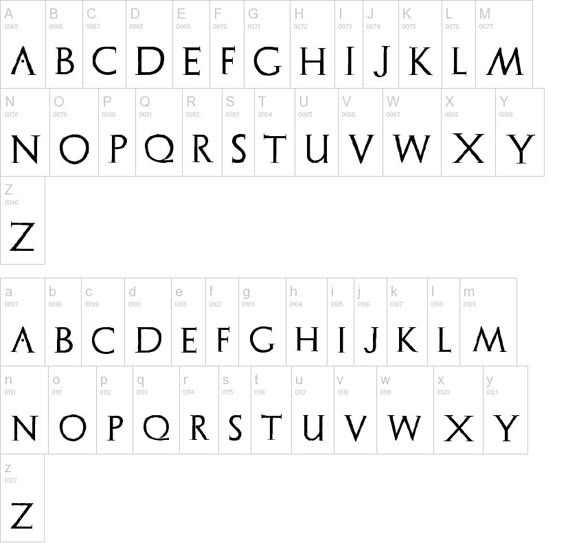

- #Greek fonts for word for free#
- #Greek fonts for word for mac#
- #Greek fonts for word code#
- #Greek fonts for word Pc#
#Greek fonts for word for free#
You can download Firefox for free using the link below. If the Greek above does not display properly, you may need to use another browser. If you can read the line of Greek below (and there are no funny-looking squares or question marks), then your browser supports unicode and you should have no problems: More than likely, your computer already has one installed, such as New Athena Unicode, Arial Unicode MS, or Palatino Linotype. In addition to having a unicode-capable browser, you must also have a unicode font installed that supports polytonic Greek. The best solution is probably to make sure you are using a current version of one of the browsers mentioned above that supports unicode. Use Unicode to actually type Greek/Hebrew text alongside English. If you experience difficulty viewing the Greek text on this website, we apologize. To use Greek and Hebrew in your documents, you can now choose between two different approaches: Use special fonts that display English letters as though they were Greek and Hebrew, such as the common fonts produced by BibleWorks: bwgrkl for Greek and bwhebb for Hebrew.
#Greek fonts for word Pc#
For PC users, either Firefox or Internet Explorer should do the job.
#Greek fonts for word for mac#
For Mac users, the Safari web browser works very well, Firefox works okay, and Internet Explorer cannot display the polytonic characters at all. Unfortunately, at the time of creation of these web pages, not all browsers fully support Unicode. These web pages use the Unicode standard for encoding Greek, because this promises to be the long-term solution to the many problems that have existed in the past. Note that this works for one character only and then the font changes back to the normal font.


For example, if you type a, Word enters the corresponding Greek lowercase letter. For many years, classicists have struggled with the limitations of various methods for displaying Greek, especially the polytonic representation of ancient Greek, online. The Greek characters correspond to standard characters. This exhibit includes a significant amount of Greek text, and this will inevitably cause problems with certain web browsers. But in the end: if you plan to sight-read Greek manuscripts, maybe the way to go would be to look at images of those manuscripts rather than to read NA28 in font that looks like a specific papyrus (after all, the next scribe's papyrus copy might look different again).Problems with Greek Text in Browsers Problems with Displaying Greek Text in Browsers A heavily customized visual filter might help to emulate those. Greek bibles now use punctuation, spaces between words and sentences, and spell out words that scribes in antique times would abbreviate (such as nomina sacra like theos, christos and others). On the other hand: even if you had such an antique-looking Greek UNICODE font, it wouldn't be the same. Thus when you copy any English text from Logos into Word, and reformat to those last-century Greek-looking fonts, it will become gobberish but looking Greek, whereas when you copy actual Greek text from Logos to Word and reformat in those fonts, they come up blank.
#Greek fonts for word code#
In this century, and with Logos, systems use UNICODE, which has more than 128 places in its code table and thus Greek alpha has its own place - which is empty in the old fonts (I also checked one free font that claims to emulate P39, same there). In the 1980s with ASCII being the only font table around. Some quirky mappings for Greek characters that have no equivalent in Latin alphabets, such as Phi,Chi, Psi and end-sigma, just pick any Latin char that has no equivalent in Greek. Basically it puts a kind of (ancient looking) Alpha character into the font table where the English (actually Latin) A should be, a Beta character where the B should be and so on. If your Papyrus 75 font is the one I have seen on the web at, it uses the "bibleworks key-mapping" technique from somewhen in the last century. This is because they are not UNICODE fonts.


 0 kommentar(er)
0 kommentar(er)
